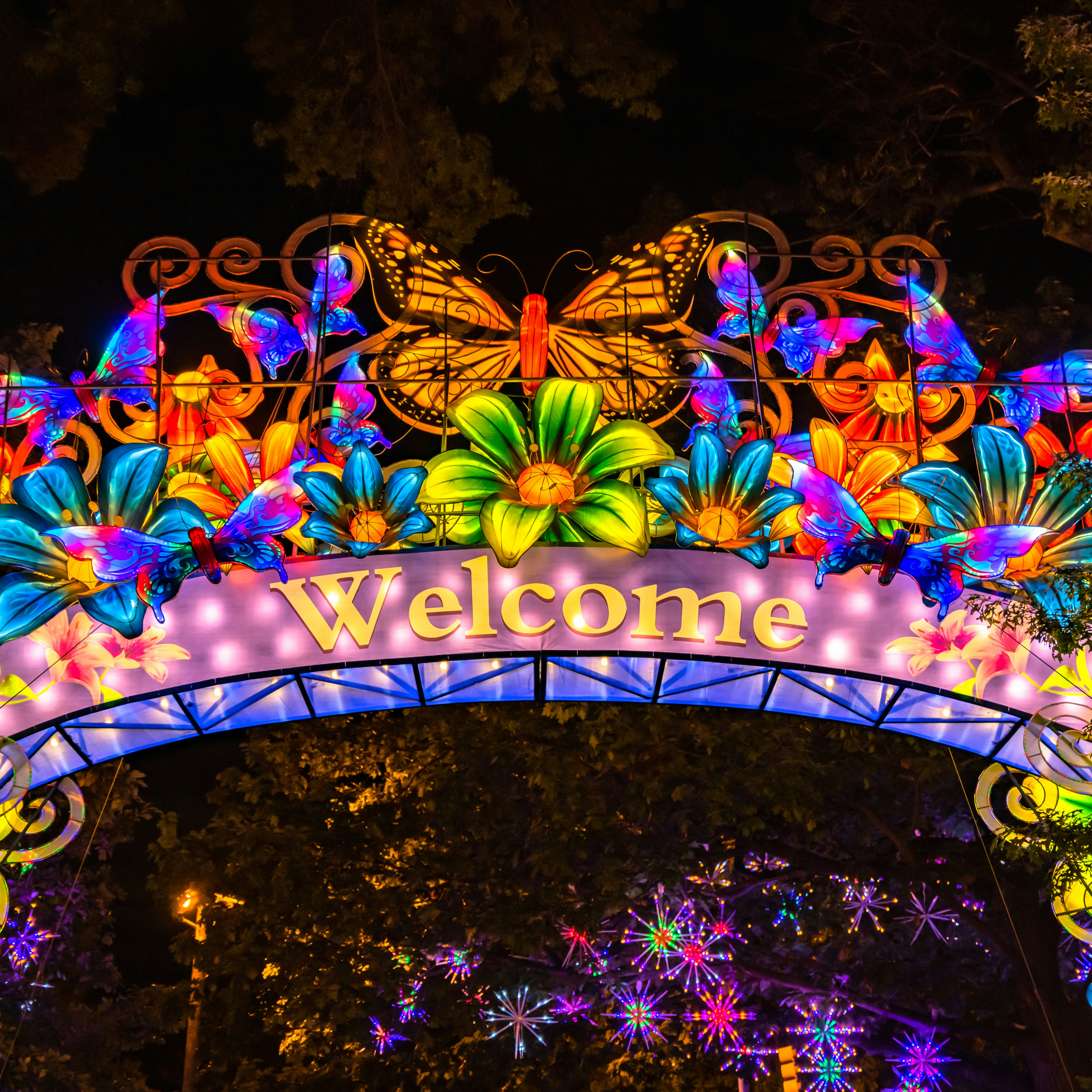

Overview
New England's most populous state, Massachusetts packs in appealing variety, from the sandy beaches of Cape Cod to college towns of the Pioneer Valley to the woodsy hills of the Berkshires. The state's rich history oozes from almost every quarter: discover the shoreline in Plymouth, where the Pilgrims first settled in the New World; explore the battlefields in Lexington and Concord, where the first shots of the American Revolution rang out; and wander the cobbled streets and old ports of Salem, Nantucket and New Bedford, where whaling and merchant boats once docked.
Leave the planning to a local expert
Experience the real Massachusetts. Let a local expert handle the planning for you.
Must-see attractions
Planning Tools
Expert guidance to help you plan your trip
Best Things to Do
There's more to historic Salem than witch trials. Plan your visit with this guide to the best things to do in this New England town.
Read full article
Best Places to Visit
From Cape Cod’s glorious dunes and Cambridge’s tasty food scene to the spooky witches of Salem, here are the best places to visit in Massachusetts.
Read full article
Best Time to Visit
Massachusetts is a year-round destination that's worth a visit in any season. Here are the best times to come for fall colors, beaches, festivals and fun.
Read full article
Things to Know
A local's guide to everything you need to know before visiting Massachusetts.
Read full article
Free Things to Do
Massachusetts has countless free places to visit and things to do, including museums, historic sites, lighthouses and scenic natural areas.
Read full article
Money and Costs
Traveling on a budget? Here are practical tips on how to save money on your trip to Massachusetts.
Read full article
Best Road Trips
The best road trips in Massachusetts offer history, scenery, and some sublime cultural attractions.
Read full article
in partnership with getyourguide


















